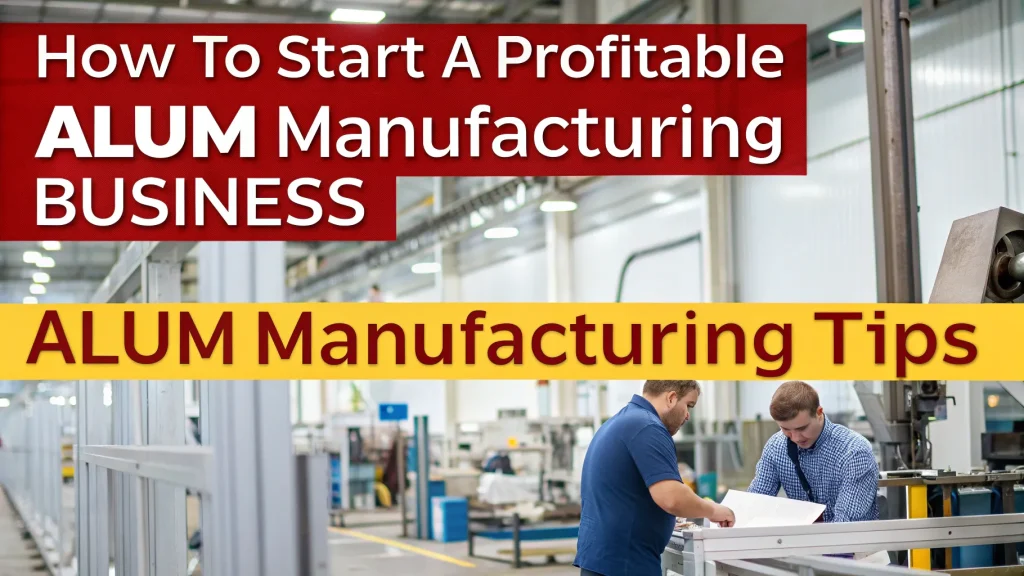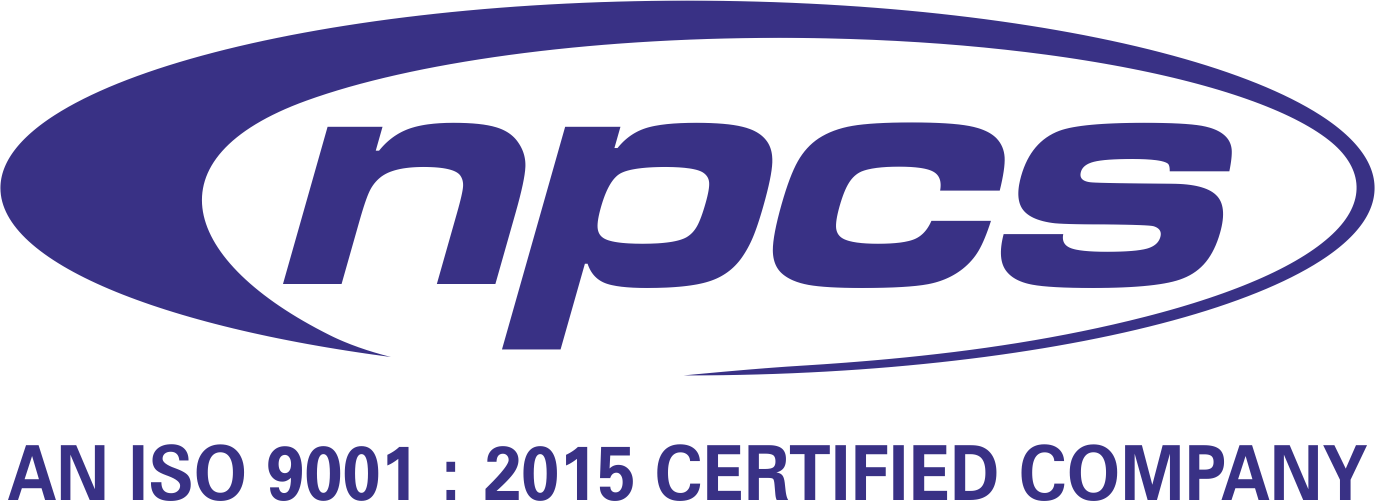The decision to start a razor blade manufacturing company can lead to a highly rewarding business opportunity in the fast-moving consumer goods (FMCG) sector. Razor blades are essential personal care items used daily by millions of consumers worldwide, making them a consistently in-demand product. Whether it’s disposable razors, cartridge blades, or double-edged safety blades, the global grooming industry thrives on consistent innovation and quality — and tapping into this market can deliver impressive long-term returns.
Market Potential & Growth Scope
The global razor blade market is valued in billions and expected to grow steadily due to increasing grooming habits among men and rising adoption of shaving products among women. The demand for quality, affordable, and skin-friendly blades is massive — not just in urban markets but also in semi-urban and rural areas. Furthermore, the rise of online grooming brands and D2C channels has created more room for newer players who offer innovative or value-based alternatives.
Starting a razor blade manufacturing company allows you to serve both the domestic and export markets. Emerging economies in Asia, Africa, and Latin America are major growth regions, where disposable income is increasing, and grooming awareness is on the rise.
Types of Razor Blades You Can Manufacture
Before launching your factory, it’s essential to decide what kind of razor blades you want to manufacture. Some popular options include:
-
Double Edge Safety Razor Blades
-
Disposable Razor Blades
-
Cartridge Razor Blades (Multi-blade)
-
Straight Razor Blades (Less Common)
-
Custom Blades for Women
Each category has its own market. Safety razors and double-edge blades are more affordable and used by a price-sensitive population, while cartridge blades are popular for their ease and convenience.
You can also explore eco-friendly options or subscription-based shaving kits to stand out from the competition.
Raw Materials Required
To start razor blade production, you’ll need the following core materials:
-
Stainless Steel Strips or Carbon Steel Sheets (main material for the blade)
-
PTFE or Polymer Coating Chemicals (for smooth shaving)
-
Blade Covers & Handle Plastic (for disposable variants)
-
Lubrication Strips (for cartridge razors)
-
Packaging Materials (blister packs, cardboard boxes, shrink wraps)
Quality of steel is paramount — poor-quality blades lead to customer dissatisfaction and high product returns.
Sourcing rust-free, surgical-grade steel enhances brand reputation and customer satisfaction.
Manufacturing Process
The production of razor blades involves precision engineering and chemical coating processes. Here is a typical production flow:
-
Steel Strip Cutting: Long rolls of steel are cut into the required blade dimensions using high-speed automated cutters.
-
Hardening & Tempering: Steel strips are heat-treated to increase hardness and durability.
-
Grinding: Edges are ground at precise angles to achieve a sharp, uniform finish.
-
Polishing: Surface polishing reduces friction and provides a smooth look.
-
Coating: Blades are coated with PTFE or polymer to reduce irritation and offer smoother glide.
-
Drying & Curing: The coated blades are dried under controlled conditions.
-
Inspection: Each blade goes through visual and microscopic checks.
-
Assembly: In case of cartridge razors, multiple blades and lubrication strips are assembled into the frame.
-
Packaging: Final products are packed in protective and branded materials.
The entire process should be conducted in a dust-free, hygienic environment to meet quality and safety standards.
Machinery & Equipment Required
Setting up a razor blade manufacturing plant requires precision machinery. Common equipment includes:
-
Steel slitting machines
-
Blade edge grinding machines
-
Hardening and tempering furnaces
-
Chemical coating units
-
Ultrasonic cleaning machines
-
Assembly units for multi-blade razors
-
Packaging machines (manual or automatic)
You can start with a semi-automatic unit and scale up to full automation as demand grows. The initial space required is about 3000–5000 sq. ft. for small or medium-scale operations.
Investment & Cost Breakdown
To start a razor blade manufacturing company, the investment depends on the scale and product type. Here’s an approximate breakdown:
-
Small-scale unit: ?25 – ?50 lakhs
-
Medium-scale unit: ?1 crore – ?2 crores
-
Large-scale unit: ?5 crores and above
Key cost components:
-
Machinery and equipment
-
Raw materials (steel, coating, packaging)
-
Labor and technical staff
-
Factory setup and infrastructure
-
Electricity and utilities
-
Product development and R&D
-
Marketing and distribution
Profit margins in this industry range from 20% to 35%, and even higher for branded or premium products.
Legal Licenses & Certifications
Like any manufacturing business, this setup requires certain legal formalities and licenses:
-
Udyam Registration (for MSMEs)
-
GST Registration
-
Factory License under Factories Act
-
Pollution Control Board clearance
-
Trademark Registration (for your brand)
-
ISO 9001 Certification (for quality management)
-
CE or BIS Certification (optional, for added credibility or exports)
Complying with these norms ensures smooth operations and builds trust with institutional buyers and retailers.
Branding & Marketing Strategy
Success in razor blade manufacturing isn’t just about production — it’s also about branding, positioning, and distribution. Some key marketing strategies include:
-
Retail Channel Distribution: Pharmacies, cosmetic stores, supermarkets.
-
Online D2C Sales: Create your brand and sell via Amazon, Flipkart, or your own site.
-
Institutional Sales: Partner with hotels, salons, and military suppliers.
-
Export: Target low-cost grooming markets in Asia, Africa, and the Middle East.
Brand Differentiators to focus on:
-
Skin-friendly coating
-
Ergonomic designs
-
Longer blade life
-
Attractive packaging
-
Subscription model or bundled grooming kits
Build a strong brand story around hygiene, affordability, or sustainability to connect with a wider audience.
Industry Trends & Innovations
The shaving and grooming industry is evolving rapidly. Key trends include:
-
Eco-Friendly Razors: Recyclable handles, biodegradable packaging.
-
Subscription Boxes: Monthly delivery of razors and grooming kits.
-
Gender-Specific Razors: Ergonomically designed for different shaving needs.
-
Tech-Based Razors: Vibration or heated blade technology.
-
Private Labeling: Manufacturing for other brands or stores.
By innovating early, you can capture niche markets and differentiate from established players.
Challenges in Razor Blade Manufacturing
While profitable, the business does have some challenges:
-
High Initial Setup Cost: Precision machinery and tooling are expensive.
-
Strict Quality Requirements: Small defects can lead to skin injuries or lawsuits.
-
Strong Brand Competition: Dominated by major FMCG brands like Gillette, Bic, and Super-Max.
-
Consumer Trust: Needs time to build for a new brand in personal care.
-
Steel Price Fluctuation: Affects cost of production significantly.
However, local production, efficient logistics, and digital marketing can help overcome these challenges effectively.
Final Thoughts
If you’re planning to start a razor blade manufacturing company, now is a promising time. With personal grooming on the rise and demand consistent across regions, this industry offers high-volume sales and brand-building potential. Focus on high-precision production, value-based pricing, and branding to scale quickly.
Whether you go mass-market or premium, success depends on consistent quality, smart distribution, and strategic marketing. With the right approach and product innovation, your razor blade brand could shave off a healthy slice of the grooming market share.
See more
Contact us:
Niir Project Consultancy Services
An ISO 9001:2015 Company
106-E, Kamla Nagar, Opp. Spark Mall,
New Delhi-110007, India.
Email: npcs.ei@gmail.com , info@entrepreneurindia.co
Tel: +91-11-23843955, 23845654, 23845886, 8800733955
Mobile: +91-9811043595
Website: www.entrepreneurindia.co , www.niir.org





